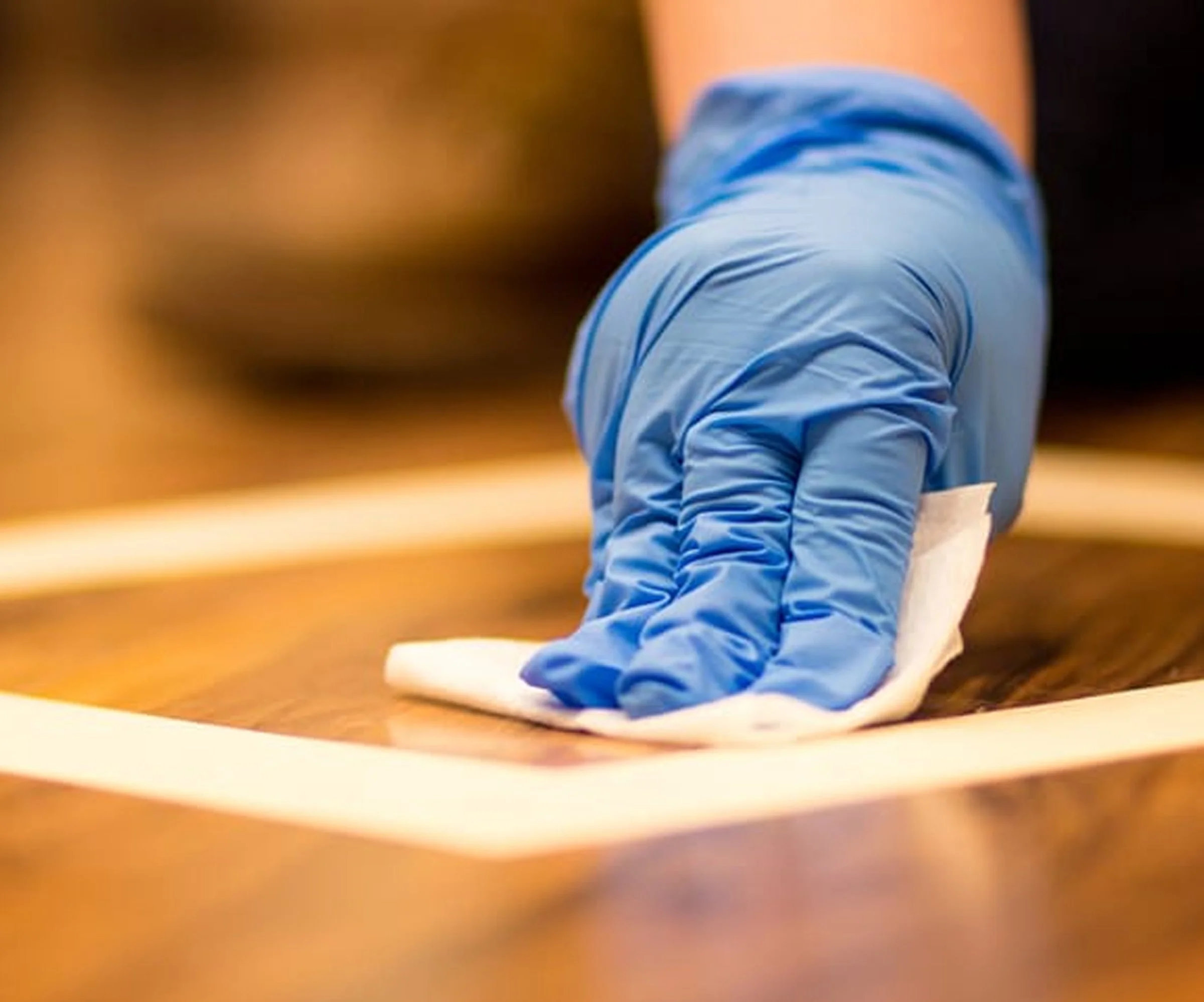Lead Surface Testing
Certified Risk Assessment
Lead surface wipe test can be done with our DIY Lead Surface Test kit or by one of our licensed technicians.
Lead Surface Testing
Surface testing is done to detect lead on various materials, primarily paint, in homes and other structures built before 1978. Exposure to lead, especially for young children, can cause severe health and developmental problems. Testing can be done using our do-it-yourself (DIY) kits or by scheduling our certified lead risk assessor if a building survey is needed for remodeling or Real Estate transaction purposes.
Where to Test:
Friction surfaces: Window sills, door jambs, and stairs.
Areas of high impact, such as baseboards and trim.
Areas where children play or are present
Painted children's furniture and toys.
High-traffic areas: Kitchens, playrooms, and bedrooms.
Source: Environmental Protection Agency
Regulations and Professional Testing
For official purposes, such as when renovating or selling a home, testing by a certified professional is required by law.
Federal Laws:
The Environmental Protection Agency's (EPA) Renovation, Repair, and Painting (RRP) Rule does not mandate testing before work begins on a pre-1978 home. However, you can either assume lead is present and follow safe work practices or test for it using EPA-recognized methods and personnel.
In 2024, the EPA strengthened its requirements for identifying and cleaning up lead-based paint hazards by lowering the dust-lead hazard and clearance levels in residential and childcare facilities built before 1978.
Certified professionals: You can hire a certified lead-based paint inspector or risk assessor. An inspector identifies the presence and location of lead paint, while a risk assessor determines the severity of lead hazards and suggests control measures. State and local regulations may also exist.
Required disclosure: Federal law requires sellers and landlords to disclose any known information about lead-based paint or lead-based paint hazards in homes built before 1978.
Test areas where children play or may have exposure to lead.
Where to test
Child play areas must test for lead because children are extremely vulnerable to its harmful effects, which can cause permanent damage to their brain and nervous system, leading to developmental, learning, and behavioral problems. Lead-based paint was banned for residential use in 1978 but remains in millions of older homes. When testing, pay special attention to:
Areas where paint is peeling, chipping, or flaking.
Friction surfaces: Window sills, door jambs, and stairs.
Areas of high impact, such as baseboards and trim.
Painted children's furniture and toys.
High-traffic areas: Kitchens, playrooms, and bedrooms.




